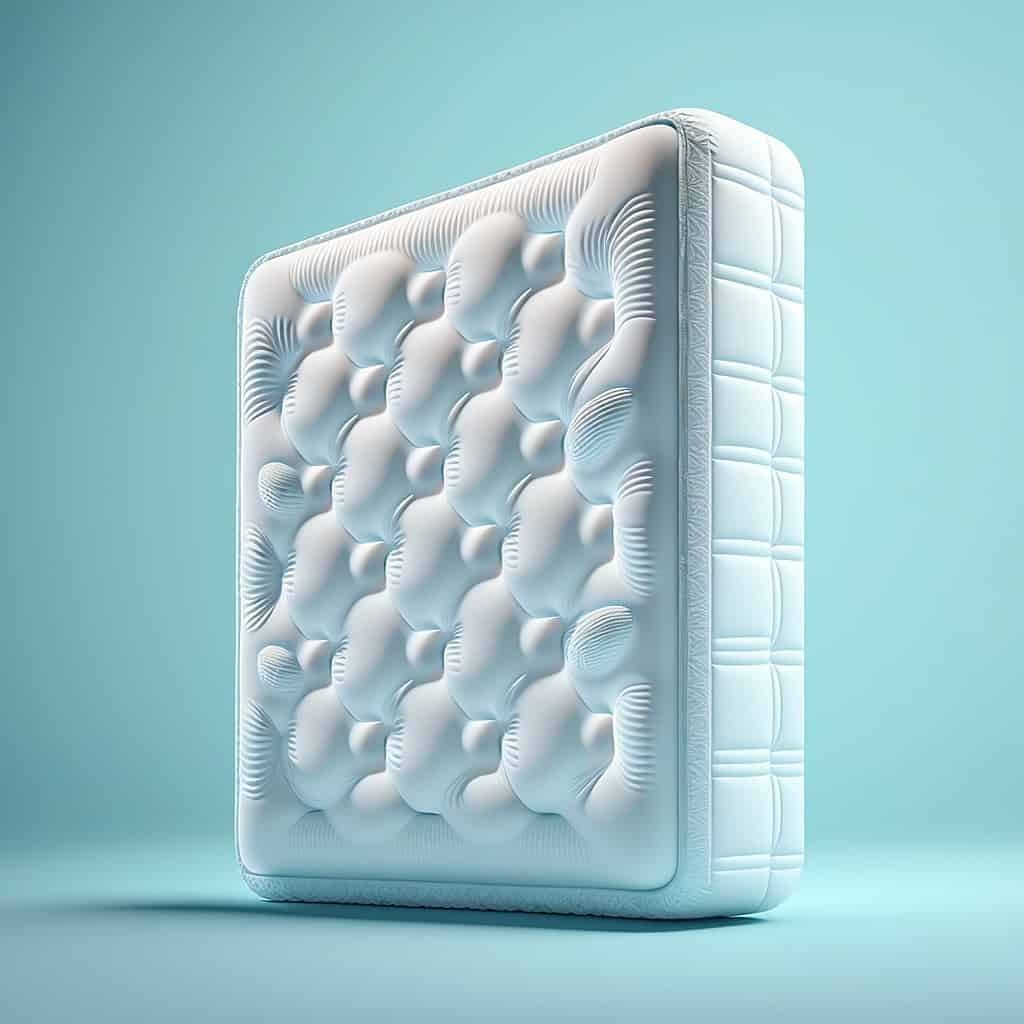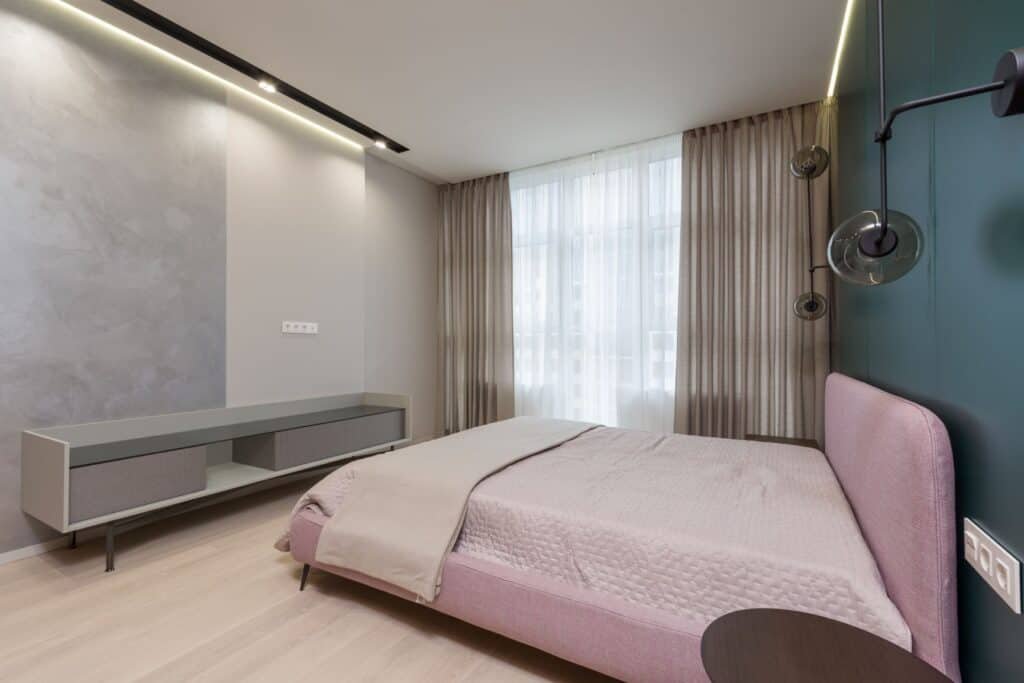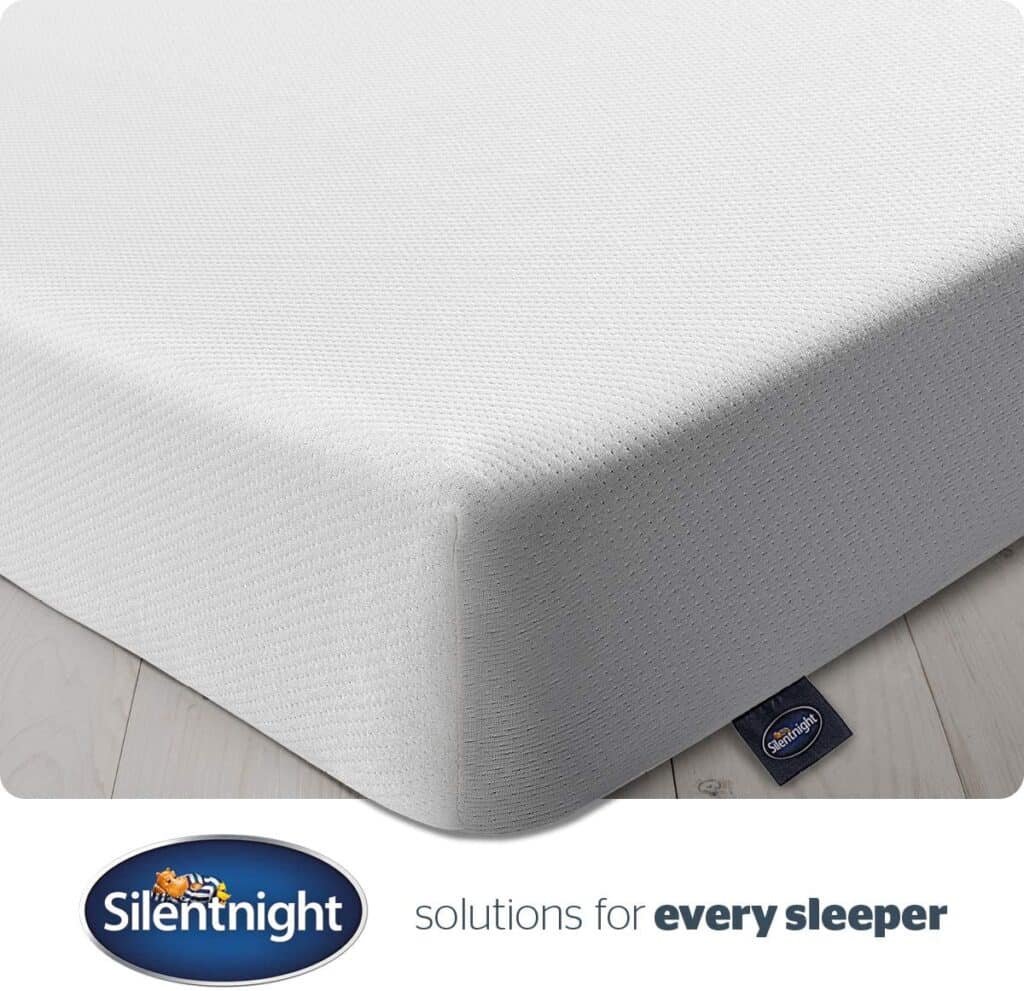Can a mattress cause lower back pain?
Many people in the UK experience lower back pain at some stage in their lives—with a significant number finding that their discomfort is linked to the type of mattress they use. Recognising the symptoms of mattress-related back pain and understanding the steps to mitigate this issue is crucial for those seeking relief. A suitable mattress can offer the support needed for proper spinal alignment, which may help alleviate pain.
Selecting the best mattress is imperative for people who suffer from lower back pain, as it can substantially impact their condition. Additional measures can also be taken to reduce back discomfort further. This guide provides practical advice aimed to assist in both choosing an appropriate mattress and taking further steps to manage lower back pain effectively.
Key Takeaways
- Identifying mattress-related back pain is the first step towards obtaining relief.
- The correct mattress can support spinal alignment and reduce lower back pain.
- Alleviating back pain also involves additional practices beyond choosing a suitable mattress.
Identifying Whether Your Mattress Is the Cause of Lower Back Discomfort
It might be tricky to pinpoint if a mattress is responsible for back pain. Here are several indicative signs:
-
Timing of Discomfort: If one wakes up with lower back pain that was not present the previous evening, it’s likely the mattress is causing the issue.
-
Restless Sleep: Frequently changing positions to get comfortable suggests inadequate support from the mattress, potentially leading to spinal alignment problems.
-
Age of Mattress: A mattress that has been used beyond its prime—often 8 years or more—may no longer maintain its original support and shape, contributing to aches in the lower back.
Steps to Mitigate Sleep-Related Discomfort
Adopting a different sleeping position may offer relief. For example, one might consider sleeping in the foetal position to reduce pressure on the spine, which can benefit those with a herniated disc.
- Alternatively, resting on one’s side with a pillow between the knees can align the hips, spine, and pelvis, which may ease lower back pain. However, it is essential to alternate sides to prevent issues such as scoliosis or muscle imbalances.
- Sleeping on the back with a pillow under the knees also helps. This position distributes one’s weight evenly and minimises pressure on the body. Ensuring the pillow maintains the lower back’s natural curve is crucial for this posture.
- In addition to adjusting sleep posture, consider the age and condition of one’s mattress. It could be time to replace the mattress if significant wear and tear is noticeable or is past its warranty period. While a new mattress can be a substantial investment, the potential for improved sleep quality and spinal health could make it worthwhile.
- For those not ready to invest in a new mattress, adding a mattress topper can provide additional comfort and lumbar support, potentially extending the mattress’s lifespan.
- Another aspect to consider is the use of pillows. Choosing the right pillow is just as important as the mattress, as it aids in keeping the neck in proper alignment with the spine.
- Lastly, periodically rotate the mattress to ensure even wear and prolong its useful life. This simple step can contribute to a more rested sleep experience. Remember, these are temporary measures and consulting a healthcare professional is recommended for persistent issues.
Essential for Comfort: Proper Body Alignment
A critical aspect of restful sleep is maintaining the body’s natural posture. Key areas like the shoulders, hips, and spine should remain in a straight line to ensure the muscles and joints are not strained. This is where the features of a mattress come into play:
- Support: Must be adequate to prevent excessive sagging under the body weight.
- Surface: Shouldn’t be too lumpy or uneven to avoid unnatural spine bending.
- For side sleepers: Alignment keeps the spinal alignment horizontal.
- Stomach sleepers: Require firmness to stop the hips from sinking.
- Back sleepers: Need a balance to support the spine’s natural curve and avoid tension on discs and ligaments.
Selecting the Appropriate Mattress for Individuals with Lower Back Discomfort
When alleviating lower back pain during rest, the choice of mattress plays an integral role. A medium-firm mattress generally balances support and comfort, making it a preferred option for those experiencing back pain.
Consider the following factors:
- Firm mattresses might exert additional pressure on the spine’s sensitive points, potentially leading to further discomfort.
- Soft mattresses often lack the necessary support, which may prevent the spine from aligning correctly during sleep.
- Foam mattresses, like memory foam or latex, contour to the body’s shape, offering targeted cushioning and reducing stress on crucial areas.
Hybrid mattresses combine foam with pocket-sprung layers, delivering both zoned support and comfort. Here’s a comparison table for mattress types:
| Type | Firmness | Support | Cushioning |
|---|---|---|---|
| Foam | Varies | Contours to body | High |
| Innerspring | Often firm | Good | Low |
| Hybrid | Medium-firm | Excellent | Moderate |
| Orthopaedic | Firm | Extra support varies | s |
Keep in mind that quality and durability are crucial. Opting for a budget option can result in uneven support and the need for frequent replacements, whereas investing in a quality mattress might improve posture and provide enduring relief from pain. If choosing organic mattresses, check for firmness and support features. Remember, the aim is to comprehensively support the body — too hard or too soft can exacerbate back issues.
Additional Measures to Alleviate Back Discomfort
To promote back health and relieve discomfort, one might:
- Prioritise proper posture to reduce strain
- Incorporate stretching exercises into daily routines for enhanced flexibility
- Consult a chiropractor for professional advice on spinal health
- Seek guidance from a medical professional to interpret discomfort signals correctly
- Maintain regular physical activity to bolster back muscles and mobility
Frequently Asked Questions
Identifying if Your Mattress Is the Culprit Behind Lower Back Pain
To determine if your mattress is causing lower back discomfort, consider the age of your mattress, whether you experience pain upon waking that subsides through the day, and any noticeable sagging or lack of support.
The Best Mattress Type for Back Pain Sufferers
People with back pain might find that medium-firm mattresses offer the optimal balance between support and comfort. Features to look for include adequate spinal support and pressure relief.
Could an Overly Firm Mattress Worsen Lower Back Pain?
A mattress that is too firm can exacerbate lower back pain for some individuals. If the mattress doesn’t contour to the body’s natural curves or provide enough give, it may not support the spine properly.
Indicators That Your Mattress Is Aggravating Your Back Condition
To understand if your mattress is aggravating back pain, look for:
- Aches upon waking that improve as the day progresses
- Difficulty getting comfortable at night
- Visible mattress wear, such as sagging or lumps
The Impact of an Unsuitable Mattress on Middle and Upper Back Pain
An incorrect mattress may lead to middle and upper back pain by forcing the spine into an unnatural position and not providing sufficient support, resulting in muscle strain and discomfort.
The Link Between Bed Rest During Illness and Backaches and the Role of Mattress Choice
Extended bed rest, especially on a mattress that fails to provide adequate support, can lead to backaches. The right mattress can help prevent this by maintaining proper spinal alignment and reducing pressure on the back.



